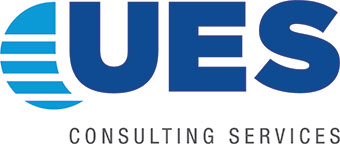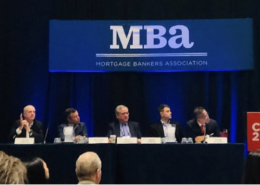Lifestyle Forward Amenities, the Digital Frontier and Multi-Family
As our digital footprint expands, so does our innate desire to connect with and be apart of a community. Much community starts with our living environment and how we are able to connect with those in close proximity, along with the neighborhood for which we inhabit.
As mixed use multi-family continues is growth across all markets in the US, developers and planners are thinking less about privacy and isolation, and more about connecting those that will life, work and play in the space. Along with how they will interact with the retail, restaurants and other “neighbors” within their ecosphere.
The Science Behind Lifestyle Amenities and Community Building
A recent blog featured on multifamilybiz.com by author Kerry Kirby, highlights this burgeoning trend and how it looks to affect not only developers, but commercial brokers looking to lease space and place clients in these new mixed use multi-family complexes.
Kirby highlights a social psychology phenomenon called the “propinquity effect”. Social psychologists theorize and tested the concept that physical space is the key to friendship formation as opposed to original thinking that values, opinions and beliefs were the key factors in friendship formation. As the author dives further into this concept, it’s clear that trends in more communal living spaces within a multi-family complex such as digital meet-up areas, living rooms, shared workspaces and other community building spaces are changing the way we build relationships and build community.
Putting it to Work
A great example of this lifestyle forward amenity offering is going up right in our own backyard in Kansas City, MO. The Opus Group is developing a lifestyle amenity rich luxury apartment living experience to the vibrant historic Westport area. Along with that luxury living experience, comes the opportunity for mixed use retail space marketed by Colliers International. Restaurants, retail shops and other neighborhood oriented business are being attracted to the lower levels of this complex. A welcome addition to the urban landscape.
UES Consulting Services, Inc is an environmental and engineering firm specializing in Phase I Environmental Site Assessments, Phase II Subsurface Investigations and Property Condition Assessments for Commercial Real Estate transactions. We frequently research and write on trends, market updates, news and other happenings affecting our clients and partners in the commercial real estate industry.



